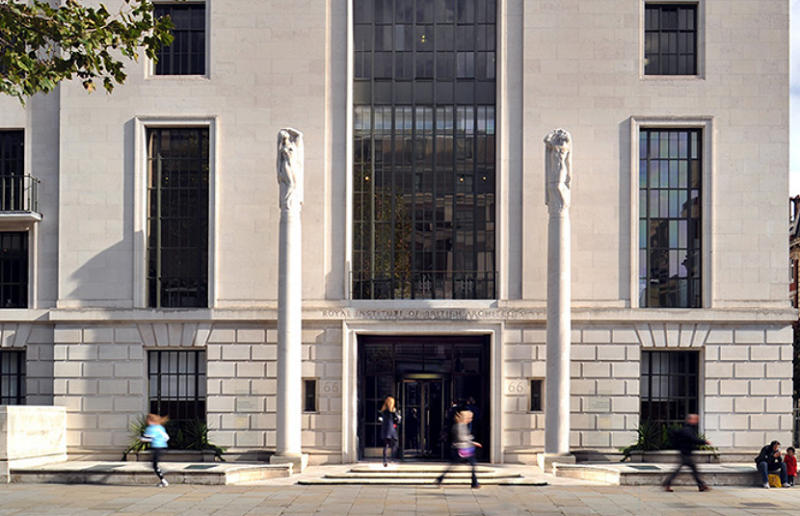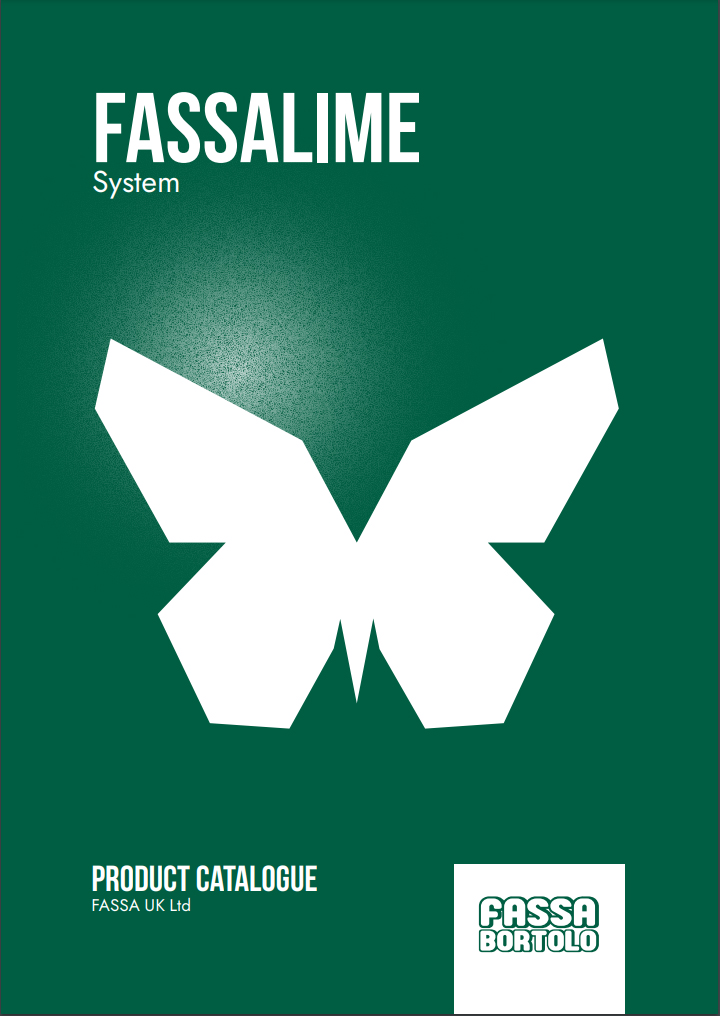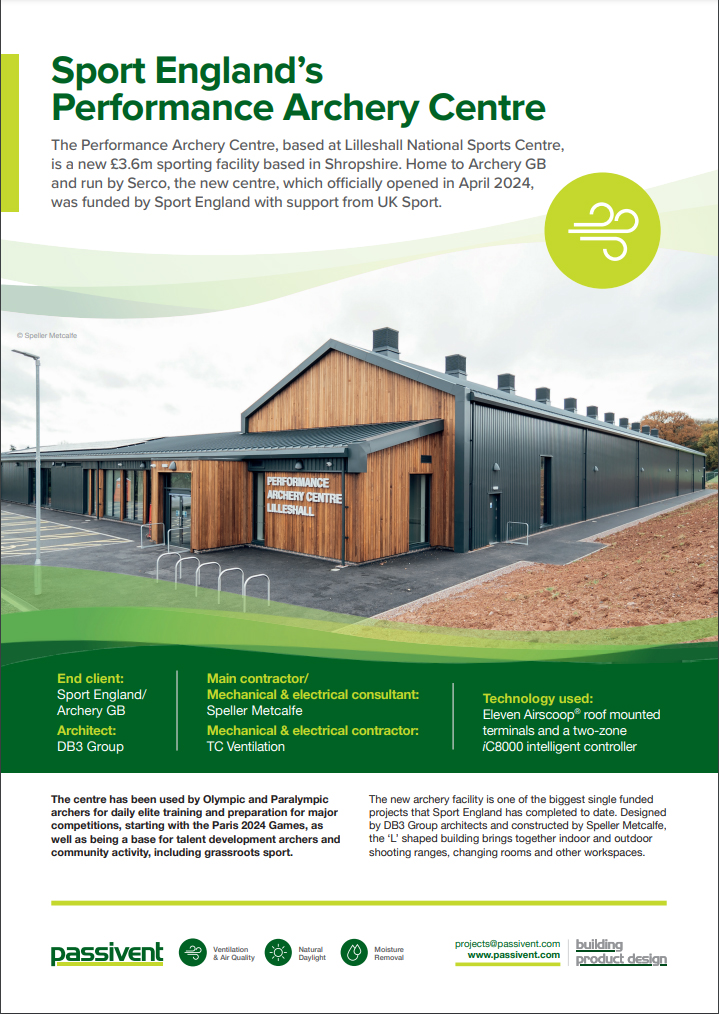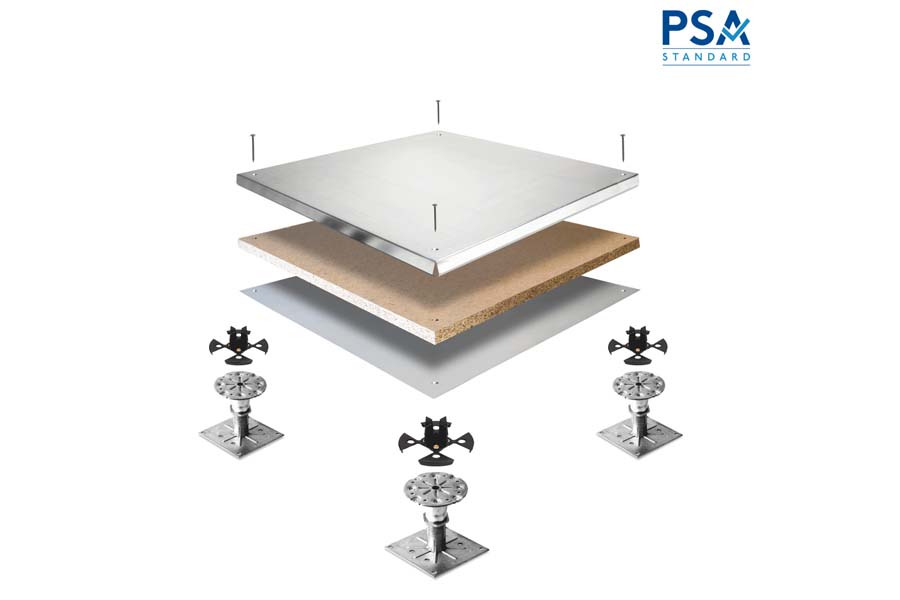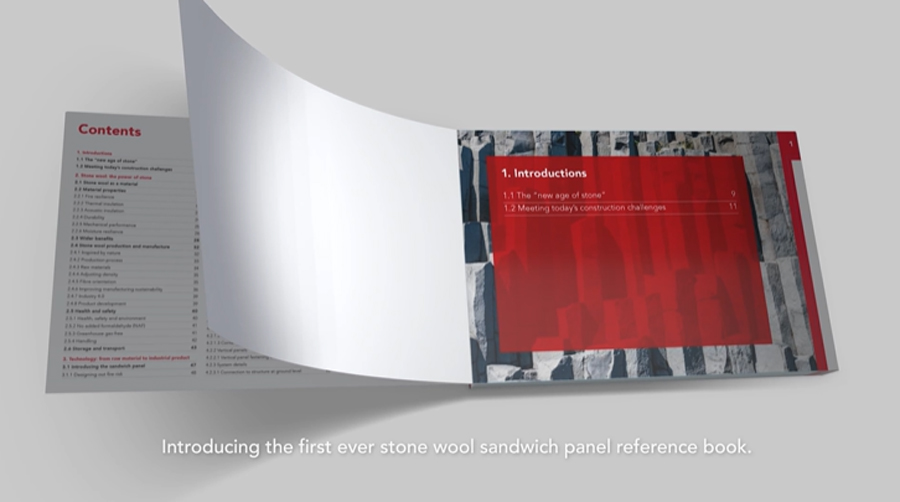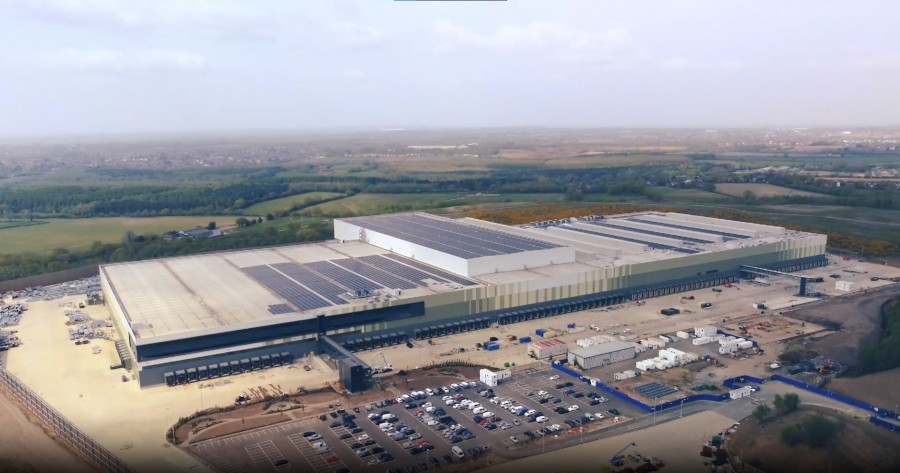Changes to the Building Regulations will ensure the need for better ventilation is not compromised by increasingly tough targets for reducing energy consumption, according to the Department for Levelling Up, Housing and Communities (DLUHC).
Speaking at a webinar hosted by the Building Engineering Services Association (BESA), department officials also said new ventilation requirements were deliberately prescriptive to prepare the country for future pandemics.
However, they acknowledged the difficulties of balancing higher ventilation rates with the government’s ambition to slash carbon emissions. They said the overall strategy was for tighter fabric standards and air tightness, but with additional focus on systems that bring outside air into buildings.
Revisions to Parts F and L of the Regulations come into force in June and were worked on in parallel to improve ventilation and tackle overheating while still cutting carbon emissions by 30% in new homes and by 27% in non-domestic buildings.

All new residential buildings, including care and children’s homes, and student accommodation, must also be designed to reduce overheating, thanks to the introduction of the new Part O. Changes to ventilation include making CO2 monitors compulsory and adding new standards for recirculating ventilation systems in offices.
The government is bringing in three performance metrics against which new non-domestic buildings will be measured: primary energy, a CO2 emissions target, and minimum standards for fabric and fixed building services. The introduction of a primary energy metric is designed to make the energy efficiency of each building a priority, regardless of the heat source.
Heat emitters must also be designed to work with low temperature sources like heat pumps to make all buildings ‘zero carbon ready’ in preparation for the 2025 Future Homes Standard, the BESA webinar heard.
Jack Hulme, DLUHC technical policy lead, told the webinar that indoor air quality (IAQ) monitoring would be mandatory in offices and that all recirculating ventilation systems must be capable of switching to ‘full fresh air’ mode when necessary to reduce the risk of disease transmission. Bathroom extract systems must have an ‘always on’ feature.
“We looked at Parts L and F together – all must be achieved. The case for ventilation will always be made strongly and will not be overridden by any other considerations,” he said.
Improved filtration is also a feature of the changes to Part F with a more frequent requirement for HEPA filters in systems that provide outside air, according to Peter Rankin, the department’s head of energy and environmental standards.
“This would not stop people installing air conditioning, it’s only about the outside air supply and is prescriptive because it is designed to prepare us for future pandemics,” he said.
Orla Wheeler from the Energy Performance of Buildings Division said air quality research was “moving rapidly” so it was likely the department would update the standards again “within a year or two” and focus on a wider band of potential contaminants including NOx.
During an earlier BESA webinar, a leading government expert also urged building owners not to really on ultra-violet air cleaners.
Professor Cath Noakes, who is a member of the government’s Scientific Advisory Group for Emergencies (SAGE), said technologies using UV-C radiation should not be seen as a ‘magic bullet’ for eliminating airborne viruses such as Covid-19.
“UV is part of the answer, but it can’t solve a fundamentally unventilated space,” she said.
Noakes, who has previously warned the industry to be wary of ‘snake oil’ solutions, said air cleaners mitigate one of the routes of transmission, but not all of them. “It is about reducing risk rather than removing it,” she told the BESA audience.
Her advice, along with new evidence about how long viruses survive in the air, are consistent with the strategy outlined by the DLUHC to increase mechanical ventilation in most types of building.
A study by the University of Bristol found that Covid-19 loses much of its ability to infect after being airborne for five minutes as the aerosols dry out. The study said there was a 90% reduction in its infectivity after 20 minutes, but the biggest loss takes place in the first five minutes.
The decline is also heavily influenced by humidity with salts inside the droplets crystallising more quickly in drier conditions leading to a “near instant loss” of infectivity.
“This reinforces the need for controlled airflows that reach every part of the occupied space to disperse the droplets as quickly as possible, which is very hard to achieve with natural ventilation alone,” said BESA’s head of technical Graeme Fox. “Mechanical ventilation is also the most effective way of keeping relative humidity within the ‘sweet spot’ of between 40% and 60%, which is considered ideal for a range of health reasons.
“It is good to see updates to the Building Regulations reflecting many of the lessons we have learned about ventilation during the pandemic,” he added.







